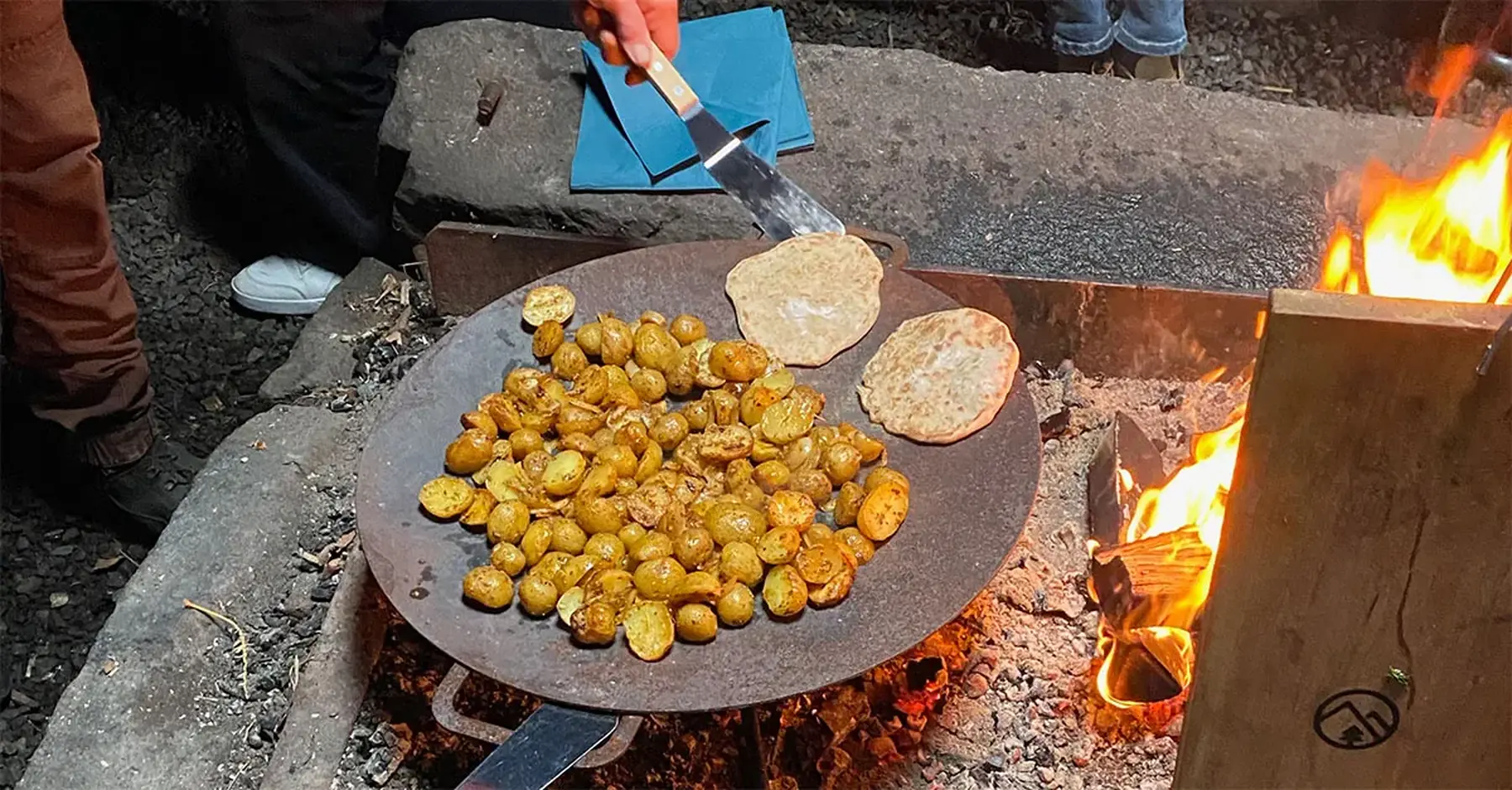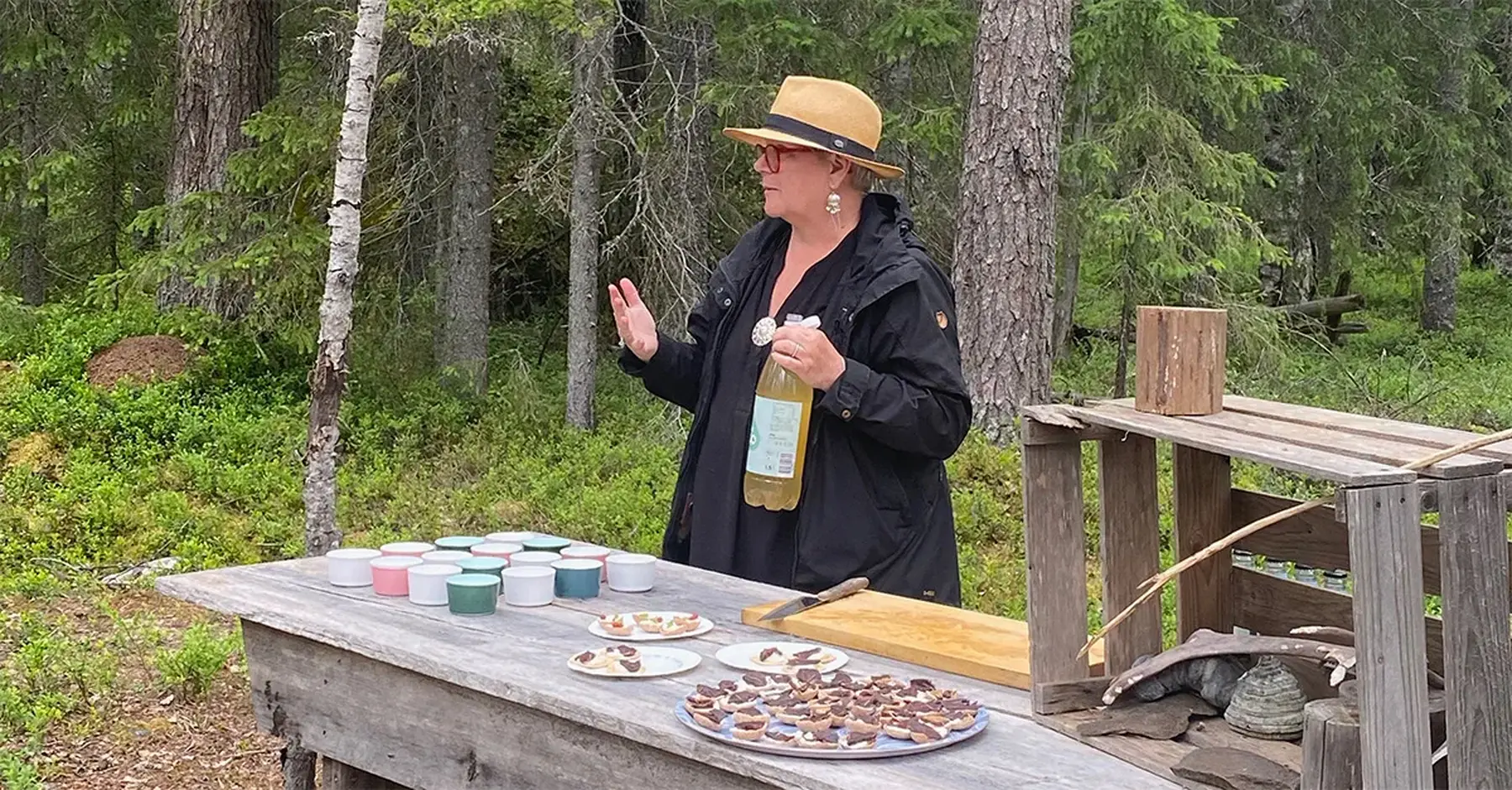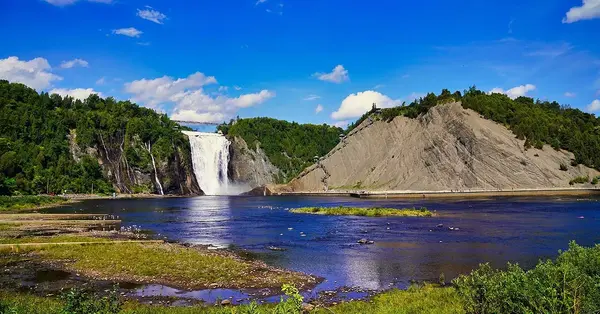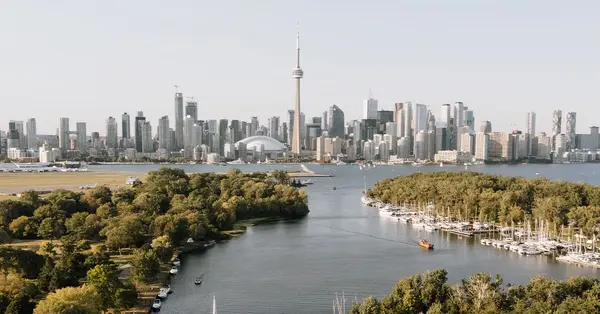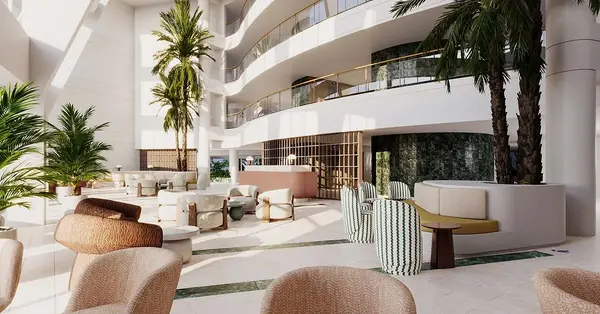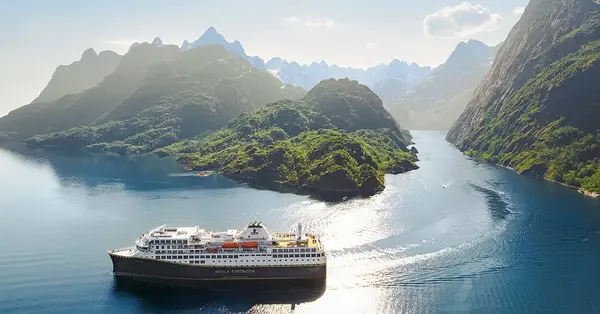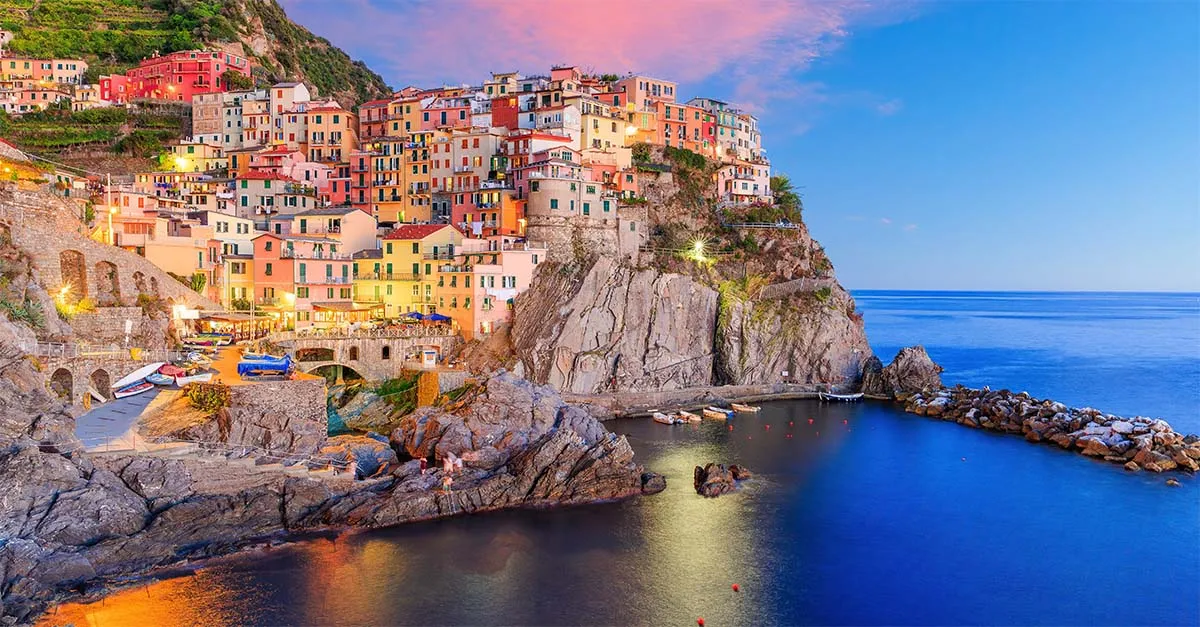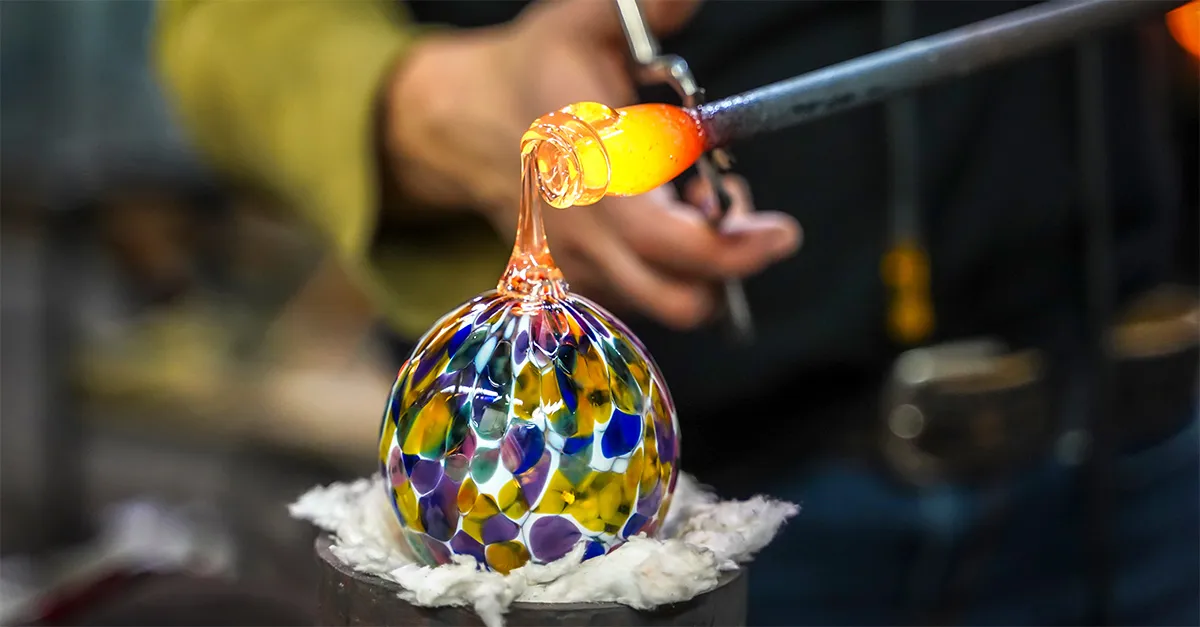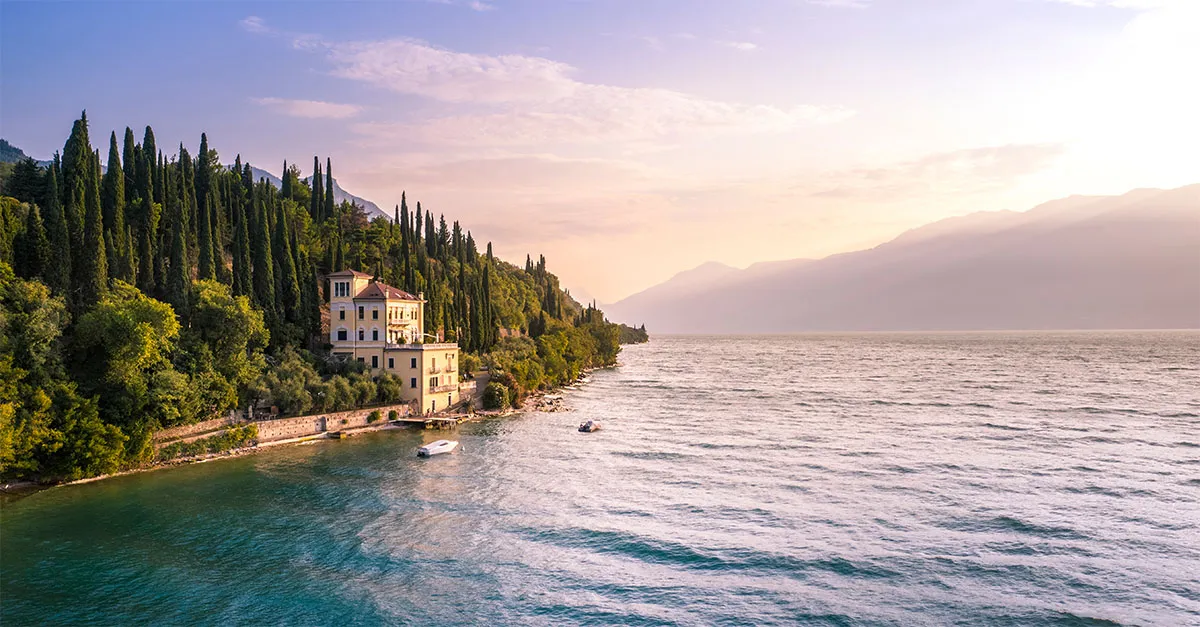You are viewing 1 of your 2 free articles
Hot and cold: how to spend a summer holiday in Swedish Lapland
Lapland isn’t just for Christmas – summertime in the Swedish region reveals many delights
Click here to download and save as a PDF
Standing on the edge of a wooden pier over the Torne River, I pull the large fishing net out of the fast-flowing water – and it’s empty again. I’m trying to catch a fish in the traditional way – using a large net on the end of a long pole that reaches far beyond the riverbank.
Whitefish and salmon are common in this Arctic region during the early summer months, but after several attempts, I’ve been unsuccessful at catching anything.
The river marks the border between Sweden and Finland’s Lapland regions. Just hearing the word Lapland conjures up thoughts of snowy landscapes, starry nights and the bright aurora striking across the sky, but those scenes are hard to imagine as I look out over a river that’s roaring with rapids, lined with bright green grass and leafy deciduous trees.
What to eat in Swedish Lapland
Potatoes cooked over a fire in Swedish Lapland. Image credit: Natalie Marsh
Fishing is just one of the many activities to enjoy in Swedish Lapland over the summer, and the tourist centre on the banks of the Torne River at the Kukkolaforsen rapids offers a way for visitors to access this experience.
It’s an activity that requires patience, but those who practise this type of fishing aren’t doing it to catch an abundance. Local laws carry restrictions on how many fish can be caught, and salmon are much larger at this southern end of the river – before they embark on their epic journey upstream, which can take several months.
At Kukkolaforsen, there’s also a fishing museum that teaches travellers more about catching fish with a dip net, alongside a hotel, campsite and cottages, plus a restaurant that overlooks the river and a chance to dine in a timber smoke hut.
These little lodges are traditionally used as gathering points, with small windows and a chimney for the open fire at the centre – which is used to cook our (pre-caught) salmon and potatoes.
In winter, the huts provide a cosy respite from the cold, while in summer, they’re a break from the mosquitoes that can be found near the river.
Midnight sun in Swedish Lapland
The midnight sun on the shores of the Gulf of Bothnia. Image credit: Natalie Marsh
Swedish Lapland has long been associated with winter holidays, as people flock here for the snowy activities as well as to cross the Finnish border to pay Santa Claus a visit in his fabled hometown.
But summer here carries a different type of magic – pleasant temperatures of up to 20C and thriving nature accompany the midnight sun, a big draw for visitors to the region, particularly around the time of the Midsummer festival in June.
Usually, 10.30pm would be late to set off for a walk, but even though the sun was concealed by clouds when we went out, you could be fooled into thinking it was the middle of the day.
If clients are worried about disturbing their circadian rhythms by visiting during a time of 24‑hour daylight, fear not: hotels and lodges are well set up with blackout blinds to help block the sun’s rays.
Sámi experience in Swedish Lapland
Image credit: Natalie Marsh
The seasons in the north of Sweden change quickly.
The Sámi – the Indigenous people of this region – split their calendar into eight seasons, which helps reflect the distinct transitions between them. Nature and wildlife are integral to the Sámi way of life, and these seasonal shifts are seen on the ground as well as in the sky.
“The forest is a resource,” says Pia Huuva, co‑founder of Sámi retreat Huuva Hideaway. “But the Sámi philosophy is that you don’t take more than you need.”
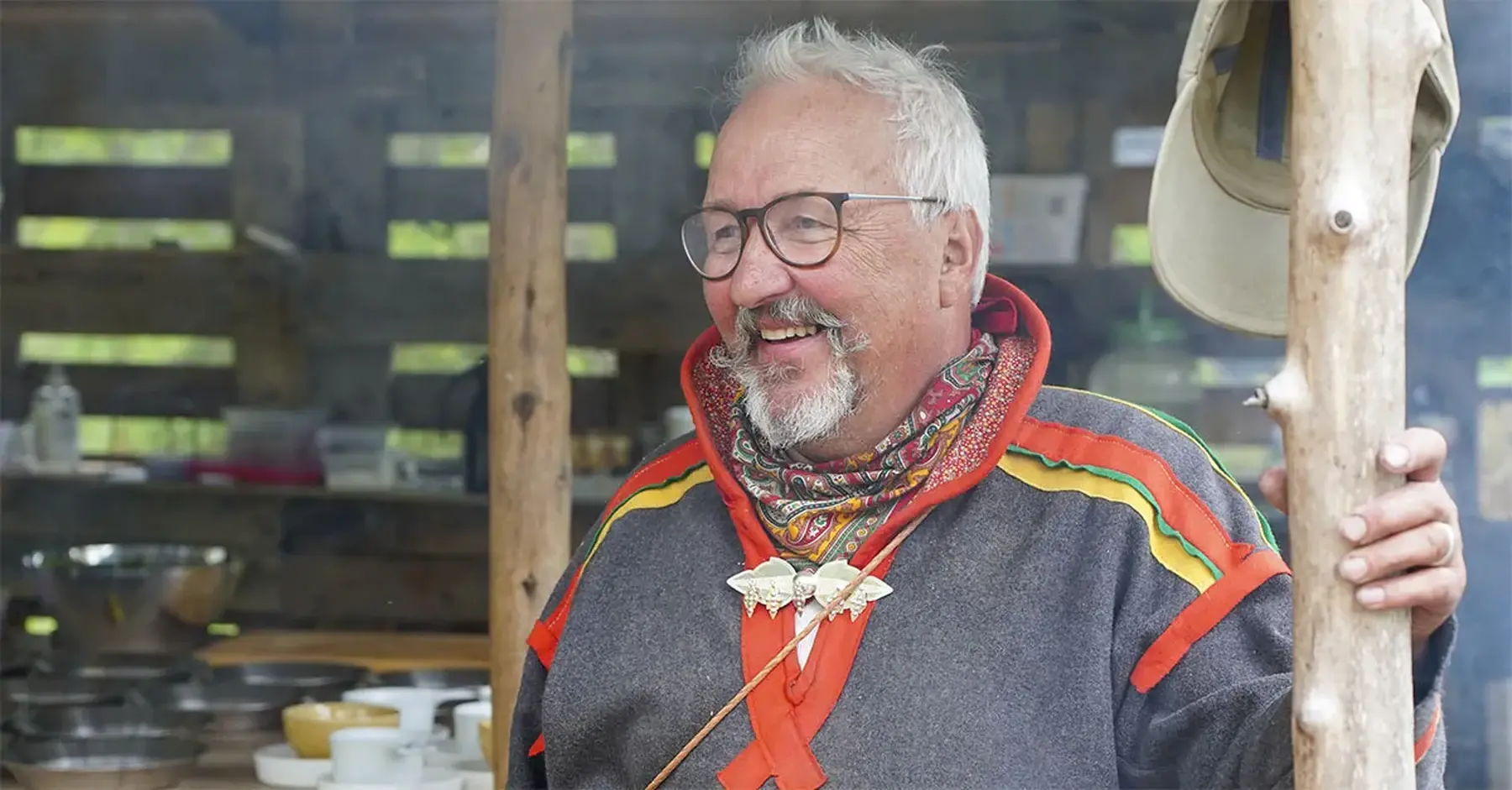
Image credit: Emmie Bolmstedt/imagebank.sweden.se
Pia and her husband Henry run experiences to educate visitors on Sámi culture and cuisine, deep in the forest in Övertorneå. We try our hand at foraging, looking diligently at the flora beneath us to find some pretty shoots to decorate our table for lunch as well as garnish our drinks, before sitting down to enjoy some local delicacies.
Pickled herring and reindeer blood pancakes are on the menu, accompanied by fresh lingonberry juice – and it’s all delicious. Sitting outside, with rays of sunlight streaming through the trees, it’s clear there’s more to Swedish Lapland than just the winter.
Book it
Best Served Scandinavia offers the three-night Summer in the heart of Swedish Lapland itinerary, from £1,120 per person, based on two sharing on a half-board basis. Includes flights, an outdoor dining experience at Huuva Hideaway and three days’ car hire.
best-served.co.uk
Sunvil can arrange a three-night stay at the Haparanda Stadshotell from £1,616 per person, based on two sharing. Includes breakfast, car hire, one dinner, tickets to the Kukkolaforsen whitefish festival, a Sámi food experience at Huuva Hideaway and flights from Heathrow on July 25.
sunvil.co.uk
Where to stay in Swedish Lapland

Image credit: Emmie Bolmstedt/imagebank.sweden.se
Haparanda Stadshotell
In the heart of Haparanda – between the Torne River and the Gulf of Bothnia – lies the charming Haparanda Stadshotell. It dates from 1900, making it one of the town’s original hotels, and even played host to Vladimir Lenin in 1917 on the eve of the Russian Revolution.
Historical artefacts adorn the walls and windowsills, giving a glimpse into the hotel’s fascinating past, replete with stories of spying and smuggling across the border.
Its 92 rooms range from standard doubles and family rooms to elegant marble suites. Guests can enjoy three restaurants: the Kafe Gulasch Baronen (recreated to its turn-of-the-century glory), the beautiful First Class Dining Room serving traditional Torne Valley cuisine, plus the granitewalled Game Cellar, where menu staples include reindeer steak and hazel grouse breast.

Image credit: Emmie Bolmstedt/imagebank.sweden.se
Lead image credit: Linnea Isaksson


